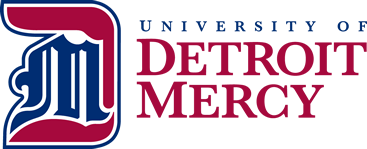

Photo by Studio Lendroit.com (licensed under the CC Attribution-Share Alike 4.0 International)
Page contains:
Be aware, these journal articles will appear in Google Scholar results.





1. Go to the journal's website and review the journal's scope as described on the website. It should be clearly stated and well-defined.
2. Journal has an ISSN (International Standard Serial Number, e.g., 1234-5678) usually listed on the homepage or the About this journal webpage.
3. Check the journal's editorial board. The editor and the board should be recognized experts in their fields with full affiliations listed on the website. Verify the affiliation and check the board members' listing on their institutional website. If they are a member of the editorial board, they will likely list the service on their CV or scholarly achievements section. If not, contact some of board members and ask about their experience with the journal or publisher.
4. Examine articles that appear in the journal. The audience should be researchers and practitioners. The articles should be high caliber and demonstrate excellent research, offer compelling arguments, be within the scope of the journal and meet the standards of the discipline. Additionally, articles should have DOIs (Digital Object Identifier, e.g., doi:10.1111/j.1742-9544.2011.00054.x)
5. Check the peer-review policy. Policy should be easily accessible on the website and clearly state the peer-review process. The time frame for the process should be logical - typically a few weeks to several months (not days or hours).
6. Check for the author's publication fee schedule. Charges and fees should be clearly stated up front, prior to manuscript submission. They should be easily located on the website. Fee amounts are not an indicator of credibility.
7. Check the rights for use and re-use at the article level. Rights for use and re-use of the article content should be clearly indicated (e.g., Creative Commons CC BY license).
8. Check if the journal is included in subject databases and/or indexes. Journals will frequently include a list of the databases in which they can be found. If the journal claims to be included in CINAHL, IEEE or another academic database, verify the truth of the claim.
Note: Google Scholar is not a database nor is it indexed; therefore, disregard journal claims of "indexing" in Google Scholar. They are meaningless.
9. Is the journal affiliated with or sponsored by an established scholarly society or academic institution?
10. Is the journal a member of an open access industry association that vets its members? E.g., Directory of Open Access Journals or the Open Access Scholarly Publishers Association. See links below.

Is the open access publisher a membership of one or more of the following organizations?
Check the publications list in academic databases for inclusion of a journal. Subscription databases have evaluated the journals they index.
Examples:
ProQuest databases:


EBSCO databases:

Identifying Journals for Manuscript Submission tab resources can also be used to verify a journal's credibility.
Use directories to check for journal inclusion. Journals that are included in these resources have been assessed for credibility.